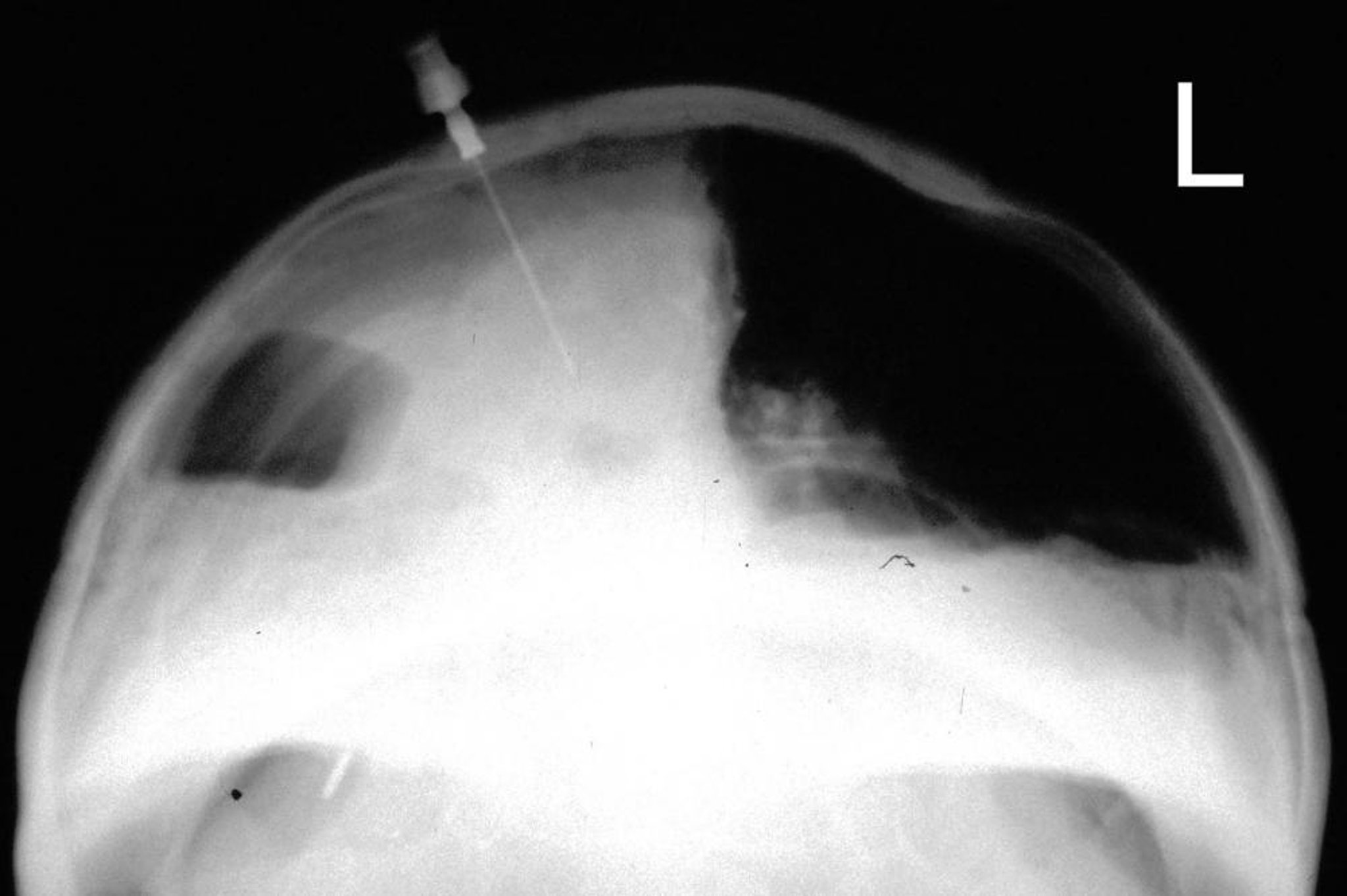Courtesy of Dr. Stephen Divers.
Excessively high humidity, low environmental temperature, concurrent disease, malnutrition, inappropriate antibiotic therapy, and other stressors may predispose reptiles to development of various mycoses. Little is known about the pathogenesis of systemic mycoses, which can develop over a long period, but maintaining management and nutrition reduces the frequency of infection. . Members of the Microsporidia, Zoopagomycota, Mucormycota, Basidiomycota, and Ascomycota (including Ophidiomyces, Nannizziopsis) have been associated with disease in reptiles. Diagnosis requires histologic demonstration of a host pathologic response and identification of the mycotic agent. Reports of successful treatment of systemic mycoses in reptiles are few. Suggested treatments for deep fungal respiratory infections include amphotericin B, itraconazole, fluconazole, and voriconazole. For superficial or localized mycotic infections, surgical removal of the granuloma with local wound treatment is advised. Basidiobolus spp, pathogenic for mammals, are found in feces of healthy reptiles.
Nannizziopsis, in the order Onygenales, family Nannizziopsiaceae, have been recognized as a major concern in squamates. They are commonly known by reptile hobbyists as “yellow fungus disease,” although nannizziomycosis may be a better term. Patients initially present with crusting dermatitis, but invasion of deeper tissues is common, and fatality rates are high. Initially misidentified in reports as “Chrysosporium anamorph of Nannizziopsis vriesii (CANV),” much of the literature, unfortunately, is incorrect on which fungal species is actually found, resulting in significant confusion. The term CANV should not be used.
Ophidiomyces ophiodiicola has recently been recognized as a major concern in North American snakes. The clinical presentation of the organism is commonly called “snake fungal disease,” although ophidiomycosis is a better term. Initially misidentified in reports as “Chrysosporium anamorph of Nannizziopsis vriesii”, O ophiodiicola was first characterized in 2009, with snakes presenting with crusting dermatitis, often distributed around the head. Invasion of deeper tissues is possible. It is capable of causing population-level impacts of some free-ranging populations. Normal cutaneous flora inhibit the growth of O ophiodiicola, so antibiotic use may predispose animals to ophidiomycosis.
Dermatophytosis has been described in all orders of reptiles. Geotrichum, Fusarium, and Trichosporon are the genera most frequently isolated. In most cases, cutaneous injury precedes a secondary fungal infection. Chelonians with fungal infections of the shell can be treated by local debridement and topical application of Lugol solution or povidone-iodine. Exposure to ultraviolet light also may be beneficial.
Ulceration of GI tissues has been associated with infections by Mucor and Fusarium spp. Chronic visceral granulomatous disease of liver, kidneys, and spleen has been caused by Metarhizium and Paecilomyces spp. Few signs other than weight loss are seen before death. Animals may continue to feed until a few days before death.
The most frequent sites of mycotic infection are the skin and respiratory tract. Metarhizium, Mucor, and Paecilomyces spp are frequent isolates. Aspergillus and Candida spp have been isolated from pulmonary lesions of lizards and chelonians. Most infections involve granuloma or plaque formation with resultant signs of respiratory distress before death. Candidiasis in large snakes has been treated with nystatin (100,000 U, PO, for 10 days).
